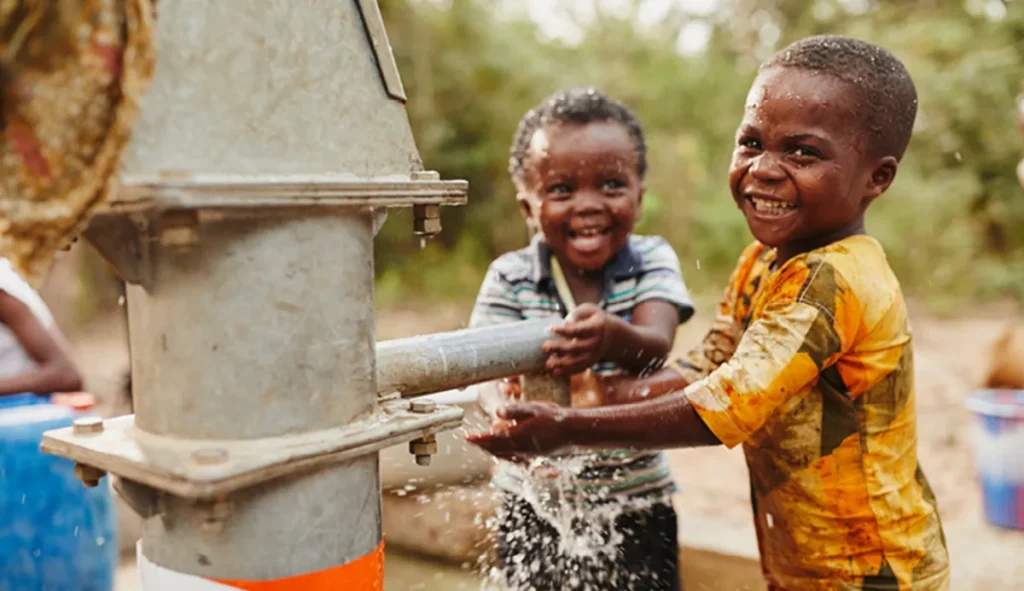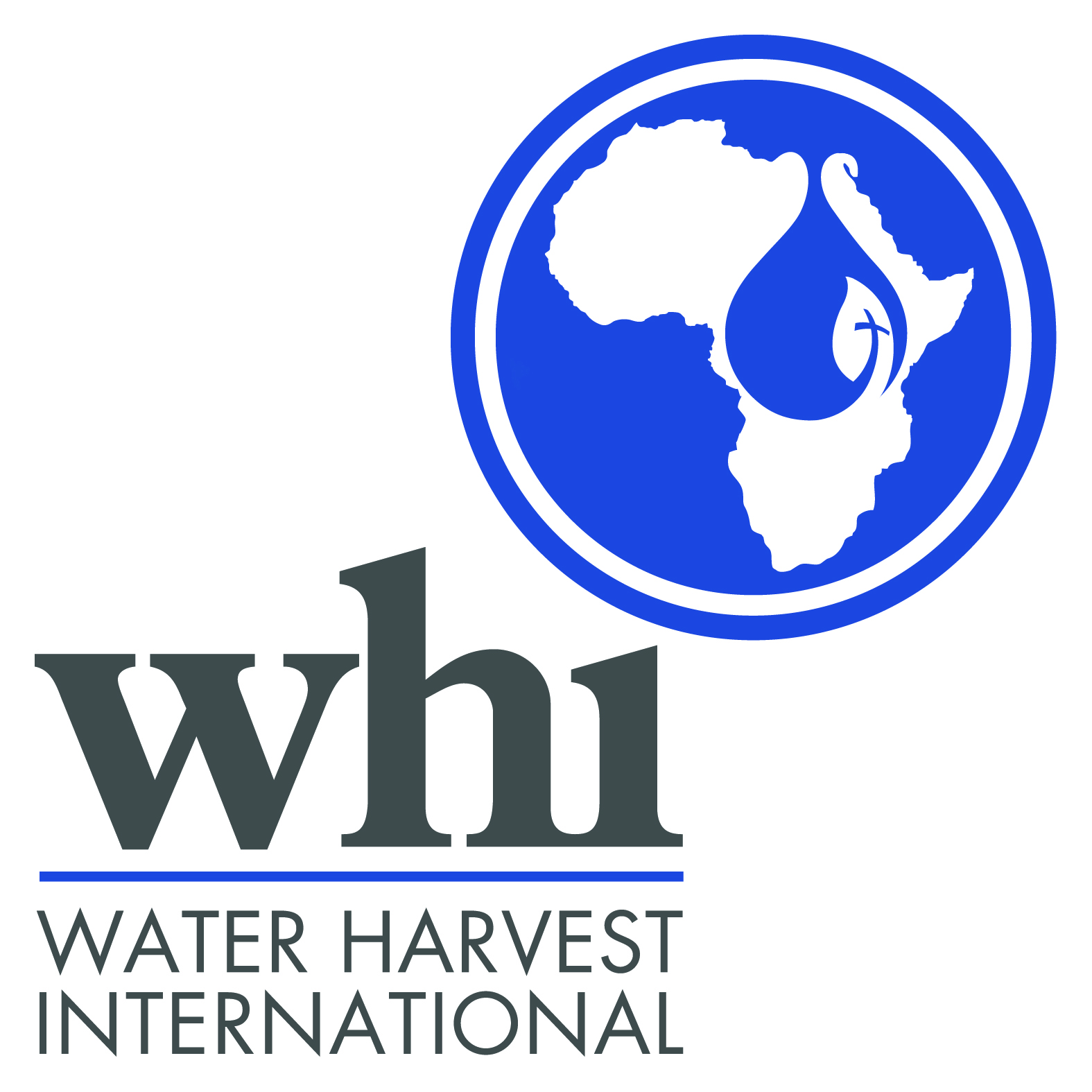Water – a simple molecule, two atoms of hydrogen bonded with one atom of oxygen, yet it is the foundation upon which all life on Earth is built. It’s a fact well known yet scarcely appreciated. Despite the importance of this resource, clean water scarcity is an ever-growing global problem. In this article, we try to make sense of the maze of problems associated with water scarcity and highlight innovative solutions that offer a glimmer of hope on the clean water horizon for all.
The Ebbing Tide: Unpacking Water Scarcity
Water scarcity, in its simplest form, is the lack of sufficient water resources to meet the demands within a region. However, beneath this surface explanation lies a whirlpool of complex, interwoven issues. Rapid population growth, unsustainable water management, climate change, and pollution are but a few of the factors contributing to the drying up of clean water sources worldwide.
To put things in perspective, the United Nations reports that around 2.2 billion people, almost a third of the global population, do not have access to safely managed drinking water. Moreover, around 4.2 billion people, more than half of the world’s populace, do not have access to adequate sanitation services, resulting in widespread diseases and thousands of deaths each day. The absence of clean water and sanitation in communities also triggers a vicious cycle of poverty, ill-health, and reduced productivity that often seems impossible to break.
Yet, the water scarcity crisis is not just a tale of despair; it is also a narrative of environmental degradation. Irresponsible practices like over-extraction of groundwater, pollution from industrial waste, and excessive use of chemical fertilizers in agriculture are leading to the desolation of natural water bodies. The result is a dual disaster – harming both human health and the planet’s biodiversity.

Riding the Wave: Pioneering Solutions for Water Scarcity
In the face of such daunting challenges, the human spirit of innovation rises to meet them. Around the globe, engineers, scientists, and local communities are working tirelessly to design and implement solutions that can turn the tide on water scarcity.
One such solution is the advent of portable water purifiers. These devices, some small enough to fit in your pocket, can filter out nearly 99.9% of waterborne bacteria and parasites. This is a game-changer for communities that are forced to rely on unsafe water sources. The technology is relatively simple and affordable, making it accessible for those most in need.
Another promising development is the use of solar-powered desalination units. These systems harness the power of the sun to convert seawater into drinkable water, a remarkable feat considering the vast expanse of oceans covering our planet. Advancements in this technology are also making it more efficient and cost-effective, further increasing its potential for widespread implementation.
Community-based water management strategies also offer hope. In many parts of the world, local groups are taking charge of their water resources, implementing sustainable practices and instilling a greater sense of responsibility towards water conservation. This grassroot approach, combined with high-tech solutions, could be the key to addressing water scarcity on a global scale.

Conclusion
The path towards universal clean water access is fraught with challenges, yet it is a journey we must undertake, for our own survival and for the health of our planet. The vision of clear horizons, where clean water is a reality for everyone, might seem a distant dream today, but with continued dedication, innovative solutions, and collective responsibility, we can make it a reality.
This global pursuit of clean water access is more than a pursuit of survival; it is a pursuit of equality, health, and sustainability. It’s about ensuring that every person, no matter where they live or their social status, has the fundamental right to clean water. And ultimately, it is about protecting our most precious resource, upon which all life depends, for the generations yet to come. With clear horizons in mind, we must press forward, spurred by the possibilities of a world where water scarcity is a tale of the past.


